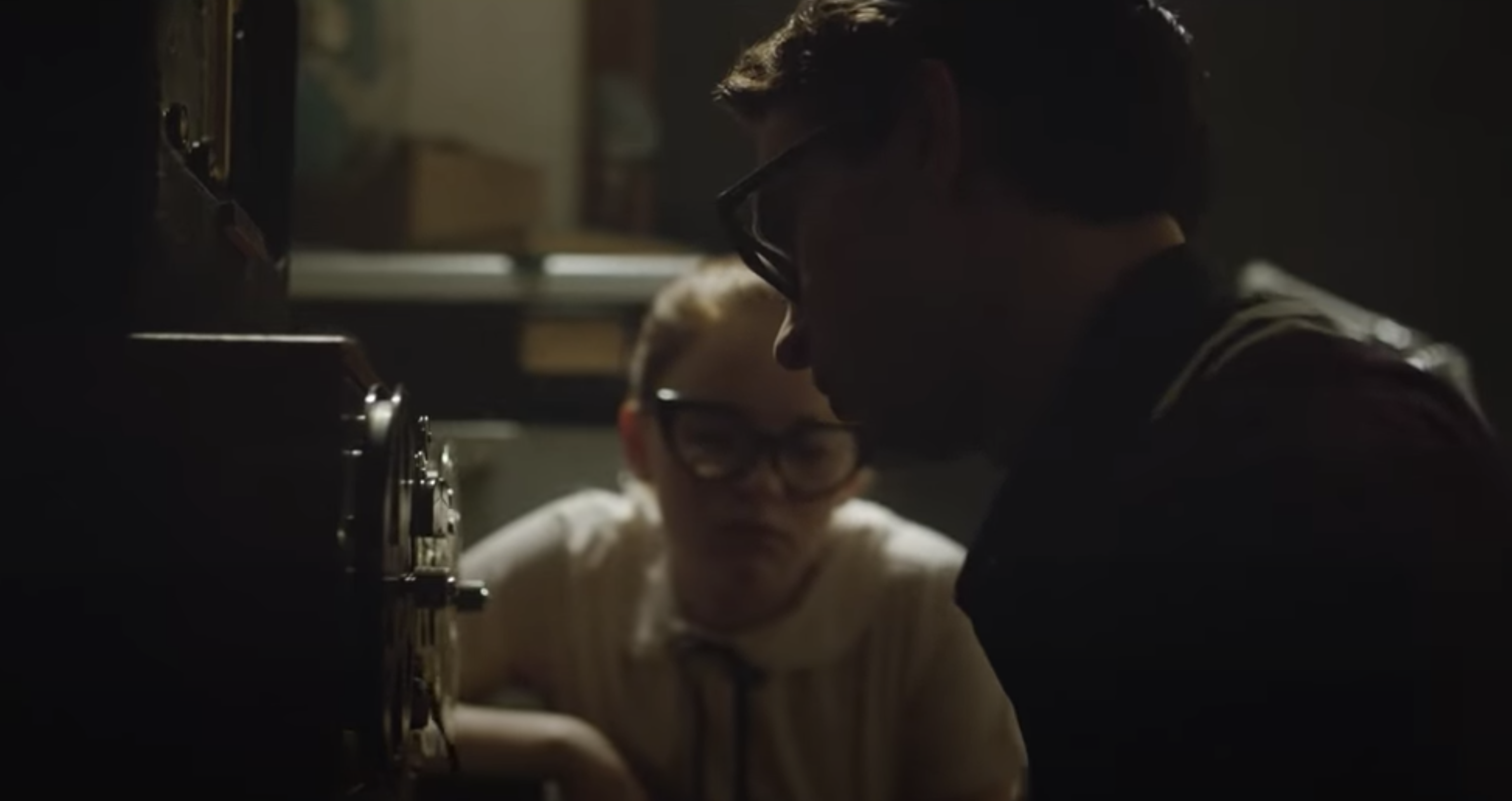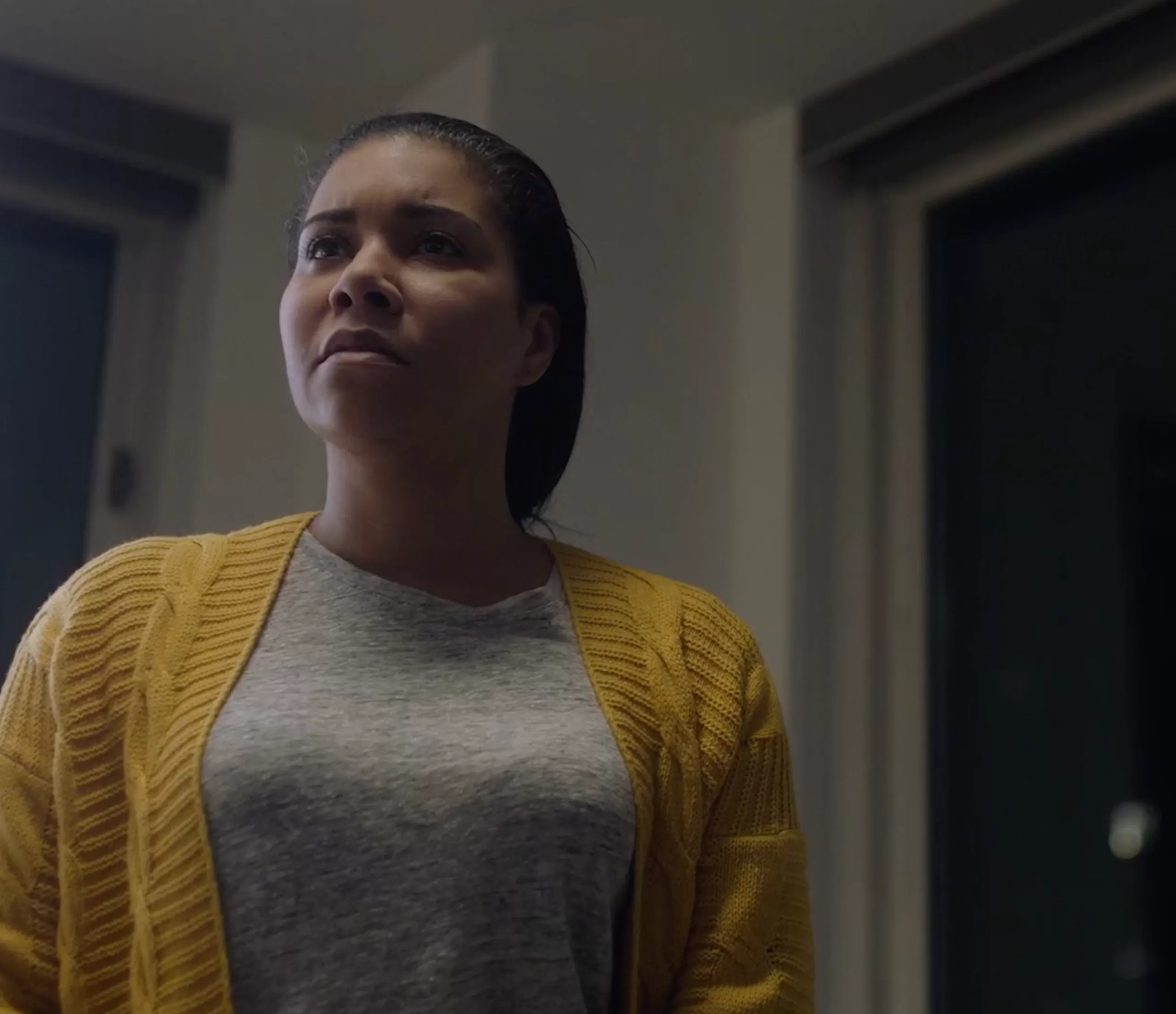MOVIE REVIEW: ” Candyman” (another point of view)
Starring Yahya Abdul-Mateen II, Teyonah Parris and Nathan Stewart-Jarrett
Directed by Nia DaCosta
Cinema needs more women filmmakers, more films created by people of color.
Horror cinema needs to be much more creative.
Director Nia DaCosta takes care of each of these issues with her strikingly excellent direct sequel to 1992’s “Candyman,” which stands (in this critic’s opinion) as the finest cinematic translation of Clive Barker’s work. The original film was based on Barker’s short story “The Forbidden.”
DaCosta’s refreshing take on the material is a well-designed horror film with an artful edge that incorporates the black experience.
This film is both sequel and rebuild, but it never loses focus on the lore from the original nor does it fall prey to fan service.
Chicago’s Cabrini Green area (the setting for the first film and the site of Virginia Madsen’s Helen Lyle’s fate) is now gentrified. Struggling artist Anthony (Yahya Abdul-Mateen II) and his patient girlfriend Brianna (Teyonah Parris) speak about the gentrification of the area and the big land companies desire to wipe away the non-white culture of the city.
Noone in the area seems to remember the horrors that took place almost thirty years ago, in the first film.
While out searching for inspiration, Anthony finds William Burke (the always reliable Coleman Domingo) who tells him of the legend of Candyman and of the terrors of yore. As he speaks of the tragedy that befell Helen Lyle, Burke mentions that when it is a white woman, the story lives on. This also speaks to the legend of Candyman himself.
As Anthony becomes more and more obsessed with the Candyman tale, a series of events (all connected to Anthony and everyone he meets) bring the terrifying figure back into play.
Of course, all of this is due to Anthony’s new Art piece that is titled “Say My Name” (which too many people seem to do!), but the film is too smart to present that phrase at surface level.
The screenplay from DaCosta, Jordan Peele and Win Rosenfeld creatively breaks open the Candyman myth through the series of events happening over decades that keep his presence alive.
In the script’s most exciting addition, this time it isn’t just one man but generations of black men who were wrongfully murdered by police and racist mobs. “He’s the whole hive.”
Make no mistake, Candyman is a truly scary character, but he is the souls of many, and one born of tragedy, trauma and rage. This is not a monster that exists as pure evil. For some, he may very well be a savior.
DaCosta’s filmmaking is rather brilliant in its design.
READ ERIC ALTHOFF’S AUGUST REVIEW OF “CANDYMAN”
The filmmaker uses creative scenes of shadow-puppetry and lets the silhouettes tell the stories of Helen Luke and all the Candyman souls. It is a master stroke that also carries a powerful historical significance regarding African American culture.
I am over-the-moon-happy to report that this is a horror film with zero jump scares. DaCosta’s intent is not to bolt you out of your seat but to rivet you to it.
Cinematographer John Guleserian’s work is patient and DaCosta’s respect for the frame gives many of the film’s moments a seventies feel (the decade when filmmakers were allowed and encouraged to be creative), bringing a unique aura to the film entire.
Fans of gore may be disappointed. Oh, there is blood, but the director is more concerned with creative ways to shoot the scenes when Candyman comes for his victims.
There is a killing that takes place by a high-rise apartment window that DaCosta makes interesting by shooting it from afar. Another, in a high school bathroom, is shot from inside a stall as the action takes place on the other side of it. In a mirror that falls to the floor, we see the killings in its reflection.
And this is the crux of the film. Reflection, in both definitions of the word.
The most important reflection is the very real senseless murders of Black people at the hands of the police. The remembrance of the people who lost their lives to racism-fueled violence. Anthony’s art piece titled “Say My Name” (complete with a bathroom mirror that hides a truth) is not only about Candyman but also the powerful chants of the Black Lives Matter movement.
It is the binding of the film’s supernatural horrors with the routine racial violence enduring to this day that gives this film its sharp edge.
Does the screenplay and film get heavy-handed with its messages? Yes, and rightly so. America’s report card on race relations is nothing to be proud of and with the country’s current state, the urgency of this film’s message demands attention.
Nia DaCosta’s “Candyman” is an extremely good film that gives a nod to the original while existing as its own entity.
Through artful cinematography, a great cast, a smart script and a uniquely creepy score (from Robert Aiki Aubrey Lowe, paying homage to Phillip Glass’s original work for the first film), “Candyman” is a striking horror film, a clever sequel/reimagining, and the most welcome surprise of 2021.
news via inbox
Nulla turp dis cursus. Integer liberos euismod pretium faucibua


